Cucumber heavy harvest tips are what every home gardener dreams of, right? Imagine baskets overflowing with crisp, juicy cucumbers, ready for salads, pickles, or just a refreshing snack straight from the vine. I know I do! But achieving that abundant harvest can sometimes feel like a distant fantasy.
For centuries, cucumbers have been cultivated across the globe, from their origins in India to their adoption in ancient Greece and Rome. They’ve been prized not only for their taste but also for their cooling properties and health benefits. Today, growing your own cucumbers is more popular than ever, as people seek fresh, sustainable food sources and the satisfaction of nurturing something from seed to table.
Let’s face it, though, sometimes our cucumber plants just don’t cooperate. We end up with a few measly cucumbers, or worse, plants that wither before producing anything at all. That’s where these DIY tricks and hacks come in! I’m going to share some simple, yet effective, strategies that will help you maximize your cucumber yield. These aren’t complicated techniques requiring fancy equipment; they’re practical tips that anyone can implement, regardless of their gardening experience.
Why do you need these cucumber heavy harvest tips? Because who wouldn’t want a bumper crop of delicious cucumbers? With a little know-how and some simple adjustments to your gardening routine, you can transform your cucumber patch into a thriving oasis of green, overflowing with the fruits (or technically, vegetables!) of your labor. So, let’s dive in and unlock the secrets to a truly impressive cucumber harvest!
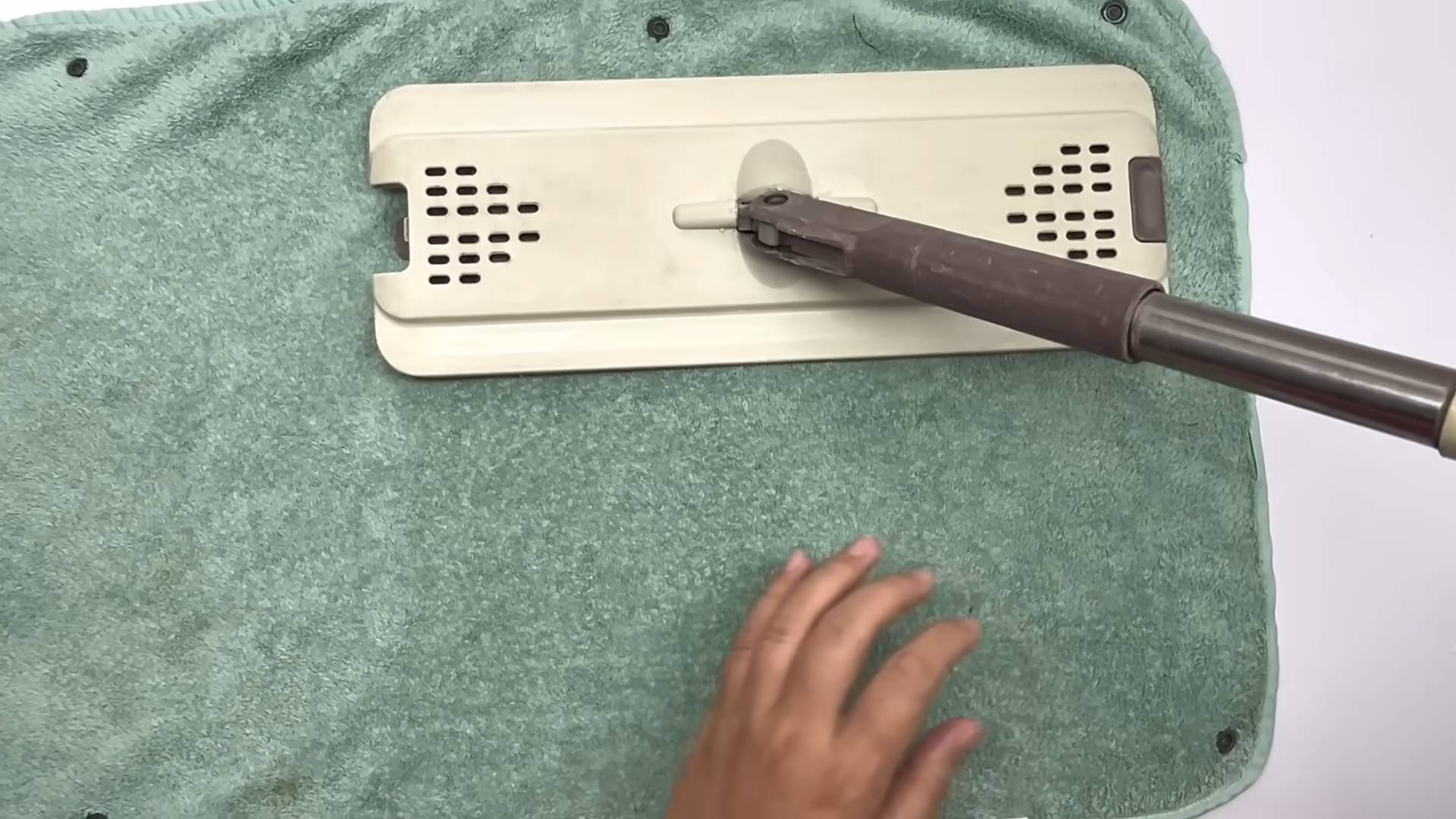
Maximize Your Cucumber Harvest: A DIY Guide to Bumper Crops!
Okay, fellow gardeners, let’s talk cucumbers! Are you dreaming of overflowing baskets of crisp, refreshing cukes but finding your harvest a little… underwhelming? Don’t worry, I’ve been there! Through trial and error (and a whole lot of research!), I’ve developed some DIY hacks that have seriously boosted my cucumber yields. Get ready to transform your cucumber patch into a veritable cucumber paradise!
Choosing the Right Cucumber Variety
Before we dive into the nitty-gritty, let’s quickly touch on variety. Not all cucumbers are created equal! Some are better suited for pickling, others for slicing, and some are just plain more prolific than others.
* Pickling Cucumbers: These are typically shorter and stubbier, with thinner skins. Think ‘National Pickling’ or ‘Boston Pickling’.
* Slicing Cucumbers: These are longer and smoother, perfect for salads and sandwiches. ‘Marketmore 76’ and ‘Straight Eight’ are popular choices.
* Burpless Cucumbers: If you’re sensitive to cucumbers, these are your best bet. They have a milder flavor and are less likely to cause digestive upset. ‘Sweet Success’ is a great option.
* Consider Disease Resistance: Look for varieties that are resistant to common cucumber diseases like powdery mildew and downy mildew. This will save you a lot of headaches (and cucumbers!) in the long run.
Choosing the right variety for your needs and climate is the first step towards a successful harvest.
Optimizing Your Cucumber Growing Conditions
Cucumbers are a bit like divas – they have specific needs! Meeting those needs is crucial for maximizing your yield.
* Sunlight: Cucumbers need at least 6-8 hours of direct sunlight per day. The more, the better!
* Soil: They prefer well-drained, fertile soil that’s rich in organic matter. Amend your soil with compost or well-rotted manure before planting.
* Watering: Cucumbers are thirsty plants! They need consistent watering, especially during hot weather. Aim for about 1 inch of water per week.
* Temperature: Cucumbers thrive in warm temperatures (70-90°F). They’re sensitive to frost, so don’t plant them out too early in the spring.
* Support: Vining cucumber varieties need support to climb. This improves air circulation, reduces disease, and makes harvesting easier.
DIY Hack #1: The Trellis System
Let’s get those cucumbers climbing! Trellising is a game-changer for cucumber production. It not only saves space but also improves air circulation, reducing the risk of fungal diseases. Plus, it makes harvesting so much easier!
Materials You’ll Need:
* Wooden Stakes or Metal Posts: Choose sturdy materials that can withstand the weight of the vines. I prefer cedar stakes because they’re naturally rot-resistant.
* Chicken Wire or Garden Twine: This will create the climbing surface for your cucumbers. Chicken wire is more durable, but garden twine is a cheaper and more biodegradable option.
* Hammer or Post Driver: For driving the stakes into the ground.
* Wire Cutters (if using chicken wire): To cut the chicken wire to size.
* Gloves: To protect your hands.
Step-by-Step Instructions:
1. Prepare the Area: Clear the area where you’ll be building the trellis. Make sure the soil is loose and workable.
2. Drive in the Stakes: Position the stakes at either end of your cucumber row, spacing them about 6-8 feet apart. Drive them deep enough into the ground to provide stability. I usually aim for at least 1-2 feet deep.
3. Attach the Chicken Wire or Twine: If using chicken wire, unroll it and attach it to the stakes using staples or wire. Make sure it’s taut and secure. If using garden twine, create a grid pattern by tying the twine to the stakes horizontally and vertically. Space the twine about 6-8 inches apart.
4. Train the Vines: As your cucumber vines grow, gently guide them onto the trellis. You may need to tie them to the trellis with soft twine or plant clips.
Pro Tip: Orient your trellis north-south to maximize sunlight exposure for all the plants.
DIY Hack #2: Epsom Salt Boost
Epsom salt (magnesium sulfate) is a gardener’s secret weapon! Magnesium is essential for chlorophyll production, which is vital for photosynthesis. It also helps plants absorb nutrients from the soil. A little Epsom salt can give your cucumbers a noticeable boost.
How to Use Epsom Salt:
1. Soil Application: At planting time, mix 1 tablespoon of Epsom salt into the soil around each cucumber plant.
2. Foliar Spray: Mix 1 tablespoon of Epsom salt per gallon of water and spray the foliage of your cucumber plants every 2-3 weeks. This is especially effective if your soil is deficient in magnesium.
Important Note: Don’t overdo it with the Epsom salt! Too much magnesium can interfere with the uptake of other nutrients.
DIY Hack #3: Companion Planting Power
Companion planting is the art of growing different plants together to benefit each other. Certain plants can repel pests, attract beneficial insects, or improve soil conditions for your cucumbers.
Great Cucumber Companions:
* Marigolds: These cheerful flowers repel nematodes and other soil pests.
* Nasturtiums: They attract aphids away from your cucumbers.
* Dill: Attracts beneficial insects like ladybugs and lacewings, which prey on aphids and other pests.
* Beans: They fix nitrogen in the soil, which benefits cucumbers.
* Radishes: They deter cucumber beetles.
How to Implement Companion Planting: Simply plant these companion plants near your cucumbers. You can interplant them directly in the cucumber row or plant them around the perimeter of your cucumber patch.
DIY Hack #4: The “Poor Man’s Drip Irrigation” System
Consistent watering is crucial for cucumber production, but overhead watering can lead to fungal diseases. Drip irrigation is ideal, but if you don’t have a fancy system, here’s a simple DIY alternative:
Materials You’ll Need:
* Plastic Water Bottles: Empty soda or water bottles work great.
* Drill or Nail: To create small holes in the bottles.
Step-by-Step Instructions:
1. Prepare the Bottles: Drill or poke several small holes in the caps of the plastic bottles.
2. Bury the Bottles: Bury the bottles upside down near your cucumber plants, leaving the neck of the bottle exposed.
3. Fill the Bottles: Fill the bottles with water. The water will slowly seep out through the holes, providing a consistent supply of moisture to the roots of your cucumber plants.
4. Refill as Needed: Check the bottles regularly and refill them as needed.
This simple system delivers water directly to the roots, minimizing water waste and reducing the risk of fungal diseases.
DIY Hack #5: Hand Pollination for Increased Fruit Set
Sometimes, even with plenty of bees around, cucumber pollination can be spotty. This is especially true during hot weather, which can inhibit pollen production. Hand pollination can significantly increase fruit set.
How to Hand Pollinate Cucumbers:
1. Identify Male and Female Flowers: Male flowers have a long, thin stem, while female flowers have a small, immature cucumber behind the flower.
2. Collect Pollen: In the early morning, when the pollen is fresh, use a small paintbrush or cotton swab to collect pollen from a male flower.
3. Transfer Pollen: Gently brush the pollen onto the stigma (the sticky center) of a female flower.
4. Repeat: Repeat this process for all the female flowers you want to pollinate.
Pro Tip: Hand pollination is most effective in the early morning, before the pollen dries out.
DIY Hack #6: Regular Harvesting is Key
This might seem obvious, but it’s worth emphasizing! Regular harvesting encourages the plant to produce more cucumbers. If you leave cucumbers on the vine for too long, the plant will stop producing new ones.
* Harvest Frequently: Check your cucumber plants daily and harvest any cucumbers that are ready.
* Harvest at the Right Size: Harvest cucumbers when they’re the right size for their variety. Overripe cucumbers can be bitter and seedy.
* Use Sharp Pruners or a Knife: Cut the cucumbers from the vine, leaving a small stem attached.
DIY Hack #7: Pruning for Better Airflow and Production
Pruning cucumbers can seem counterintuitive, but it can actually improve airflow, reduce disease, and encourage more fruit production.
* Remove Suckers: Suckers are small shoots that grow from the base of the plant.
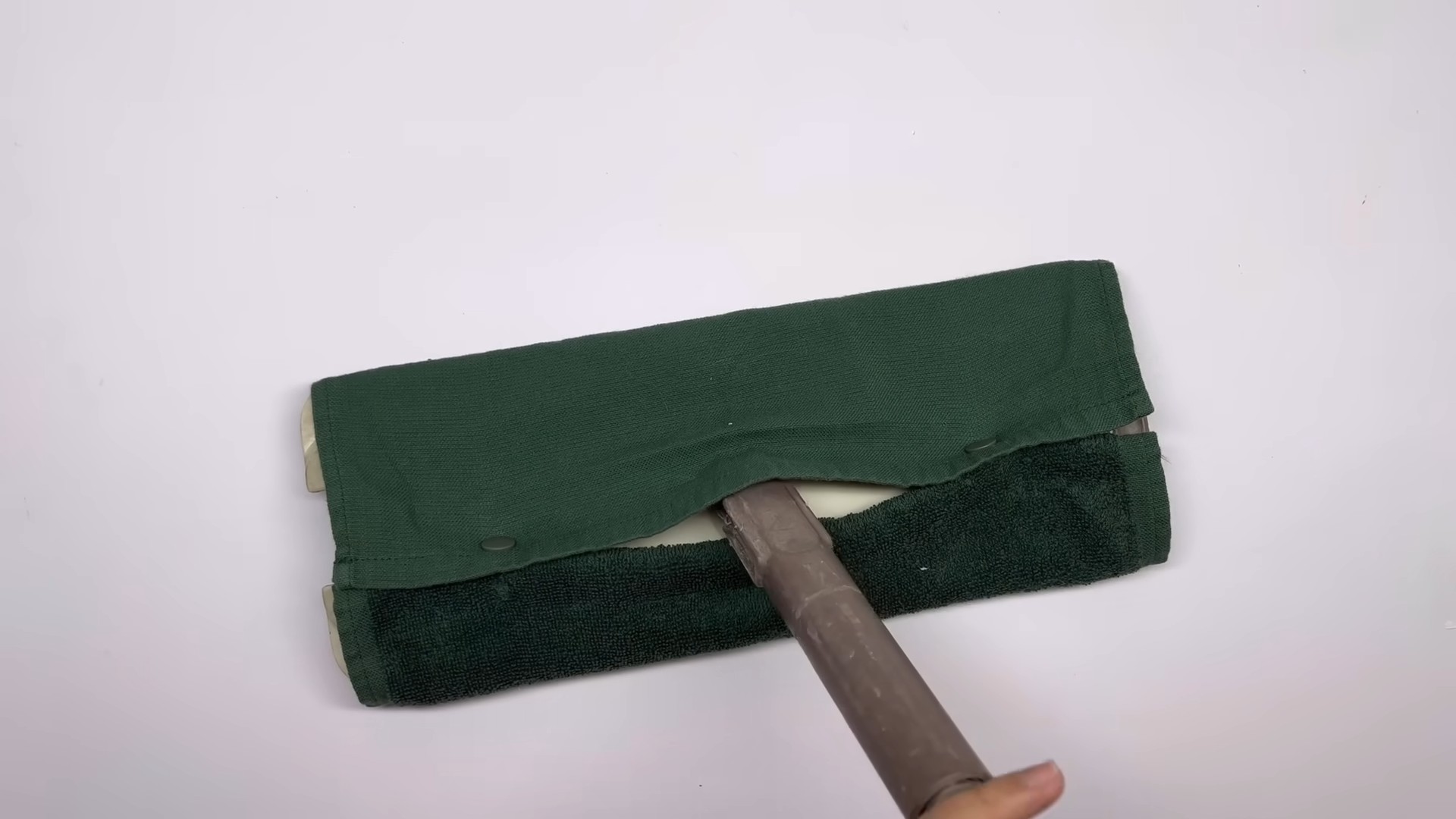
Conclusion
So, there you have it! Transforming your cucumber harvest from a trickle to a torrent is entirely within your reach. This DIY trick, focusing on strategic pruning and support systems, isn’t just about getting more cucumbers; it’s about maximizing the health and productivity of your plants, leading to a longer and more rewarding growing season.
Why is this a must-try? Because it addresses the core issues that often limit cucumber production: overcrowding, poor air circulation, and inefficient nutrient distribution. By selectively pruning those excessive vines and yellowing leaves, you’re redirecting the plant’s energy towards fruit development. And by providing a sturdy trellis or support system, you’re lifting the cucumbers off the ground, preventing rot and disease, and allowing them to ripen evenly in the sun.
But don’t think this is a one-size-fits-all solution. Feel free to experiment! For example, if you’re growing bush varieties, you might focus more on removing suckers (the small shoots that grow between the main stem and branches) to improve airflow. If you’re dealing with a particularly vigorous vine variety, consider using a multi-tiered trellis system to provide ample support. You can also adjust the frequency of pruning based on your local climate and the specific needs of your cucumber variety. Some gardeners even swear by pinching off the ends of the vines once they reach a certain length to encourage more lateral growth and fruit production.
Consider companion planting to further boost your cucumber yield. Marigolds can deter pests, while dill attracts beneficial insects. Planting cucumbers near beans or peas can also improve soil health.
The key is to observe your plants closely and adapt your approach accordingly. Remember, gardening is a journey of learning and experimentation.
We’re confident that this DIY trick will significantly improve your cucumber harvest. It’s a simple, effective, and sustainable way to get the most out of your plants. So, grab your pruning shears, build that trellis, and get ready for a bumper crop of delicious, homegrown cucumbers!
Now, we want to hear from you! Have you tried this DIY trick before? What were your results? Do you have any other tips or variations to share? Head over to the comments section and let us know. Your experiences can help other gardeners achieve their cucumber-growing dreams. Share your photos, your successes, and even your challenges. Let’s build a community of cucumber-growing experts! Don’t forget to use the hashtag #CucumberHarvestHack when you share your results on social media so we can all celebrate your success! We are excited to see how this **cucumber heavy harvest** trick works for you.
FAQ
What exactly does “pruning” entail when trying to achieve a cucumber heavy harvest?
Pruning cucumbers involves selectively removing parts of the plant to improve airflow, redirect energy towards fruit production, and prevent disease. This typically includes removing yellowing or dead leaves, suckers (small shoots growing between the main stem and branches), and overly dense vines. The goal is to create a more open structure that allows sunlight to penetrate and air to circulate freely. For vine varieties, focus on maintaining a manageable number of main vines and pruning lateral shoots after they’ve produced a few fruits. For bush varieties, concentrate on removing suckers and any overcrowded growth.
How often should I prune my cucumber plants?
The frequency of pruning depends on the variety of cucumber and the growing conditions. Generally, you should aim to prune your plants every week or two, especially during periods of rapid growth. Regularly inspect your plants for yellowing leaves, suckers, and overly dense areas. Remove these as needed to maintain good airflow and light penetration. In hot and humid climates, more frequent pruning may be necessary to prevent fungal diseases.
What kind of support system is best for cucumbers?
The best support system for cucumbers depends on the variety you’re growing. Vine varieties, such as slicing and pickling cucumbers, require a sturdy trellis or fence to climb. A trellis made of wood, metal, or strong netting works well. Bush varieties, while more compact, can also benefit from some support, such as a tomato cage or small trellis, to keep the fruits off the ground and prevent rot. Ensure the support system is strong enough to handle the weight of the mature plants and fruits.
Can I use this DIY trick for all types of cucumbers?
Yes, this DIY trick can be adapted for all types of cucumbers, but the specific techniques may vary slightly. For vine varieties, focus on pruning and providing a strong trellis. For bush varieties, concentrate on removing suckers and providing some support to keep the fruits off the ground. Regardless of the variety, the goal is to improve airflow, redirect energy towards fruit production, and prevent disease.
What are some common mistakes to avoid when pruning cucumbers?
One common mistake is over-pruning, which can stress the plant and reduce fruit production. Avoid removing too many leaves or vines at once. Another mistake is using dull or dirty pruning shears, which can spread disease. Always use sharp, clean shears to make clean cuts. Finally, avoid pruning during wet weather, as this can increase the risk of fungal infections.
How do I know if I’m pruning too much or not enough?
Observe your plants closely. If you’re pruning too much, the plants may appear stressed, with yellowing leaves or reduced growth. If you’re not pruning enough, the plants may become overcrowded, with poor airflow and increased risk of disease. The ideal amount of pruning will result in healthy, vigorous plants with plenty of fruit production.
What are some signs that my cucumber plants are not getting enough support?
Signs that your cucumber plants are not getting enough support include drooping vines, fruits resting on the ground, and increased incidence of rot or disease. If you notice these signs, reinforce your support system or add additional support as needed.
What other factors can affect my cucumber harvest besides pruning and support?
Other factors that can affect your cucumber harvest include soil quality, watering practices, fertilization, pest control, and disease management. Ensure your plants are growing in well-drained soil that is rich in organic matter. Water regularly, especially during dry periods. Fertilize with a balanced fertilizer or compost tea. Monitor your plants for pests and diseases and take appropriate action to control them.
How long does it take to see results from this DIY trick?
You should start to see results from this DIY trick within a few weeks. After pruning and providing support, you should notice improved airflow, increased sunlight penetration, and healthier-looking plants. Over time, this should lead to increased fruit production and a more abundant harvest.
What if I don’t have space for a trellis? Are there alternative support options?
If you lack space for a traditional trellis, consider using tomato cages, stakes, or even hanging baskets for smaller cucumber varieties. The key is to provide some form of vertical support to keep the fruits off the ground and improve airflow. You can also train the vines to grow along a fence or wall.

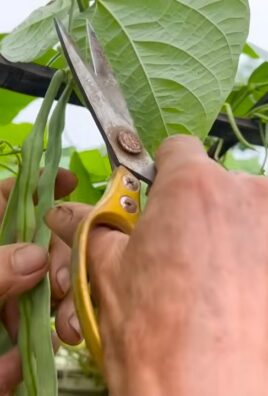
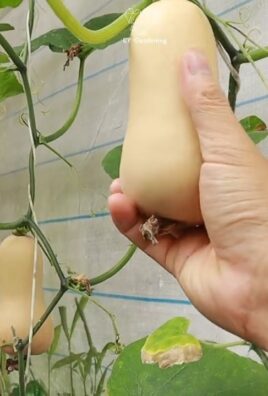
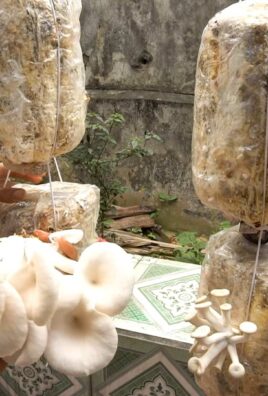
Leave a Comment